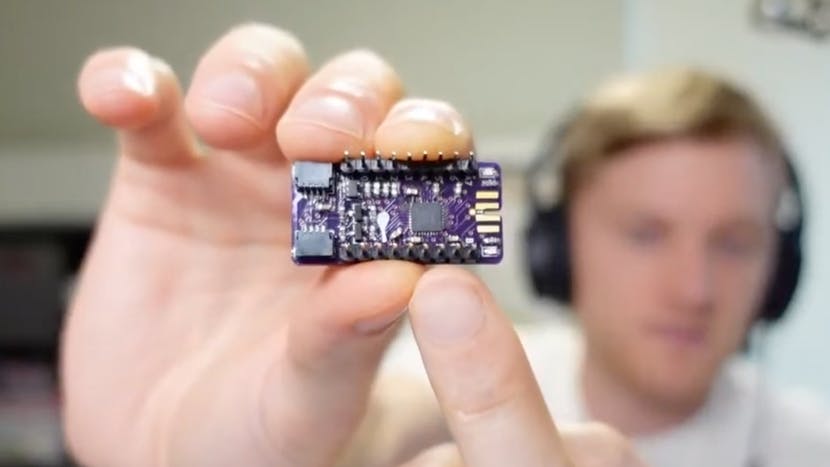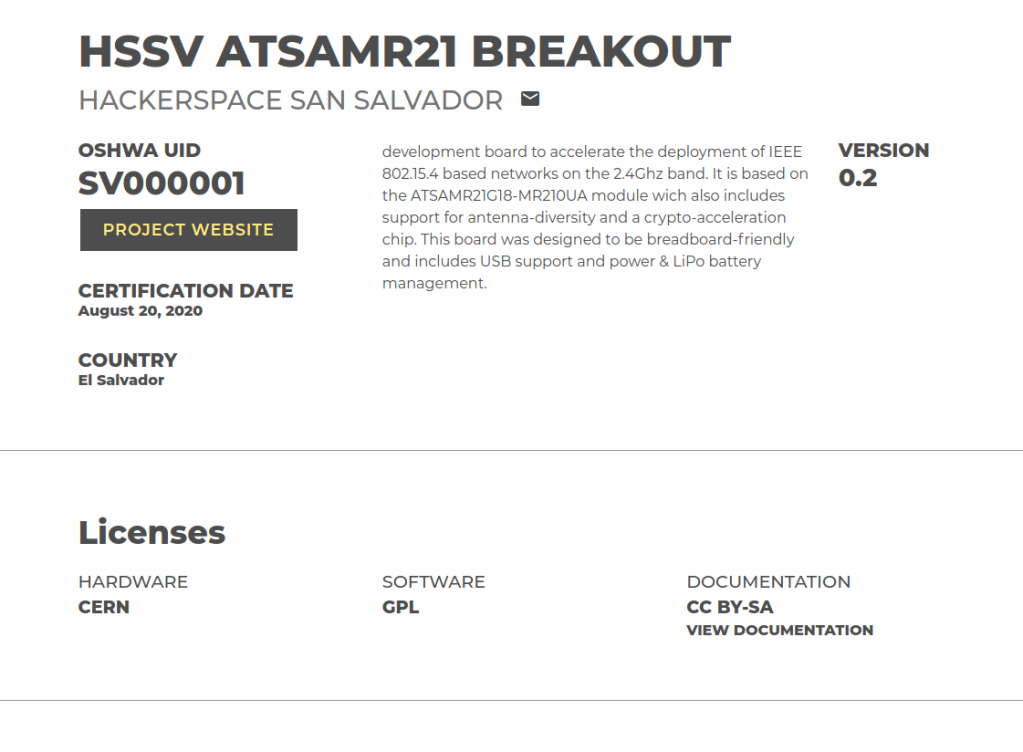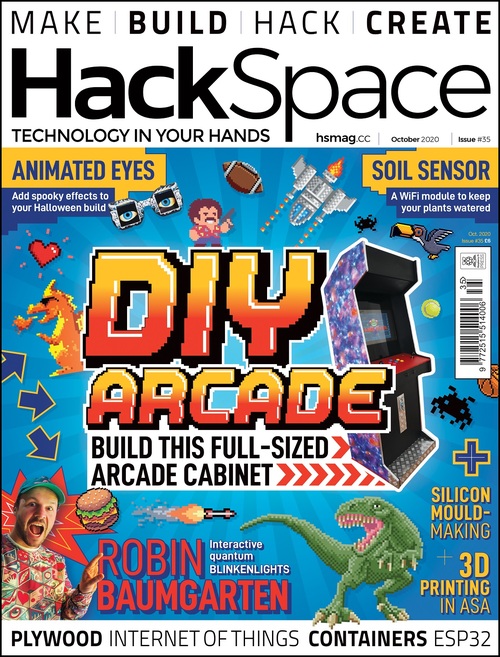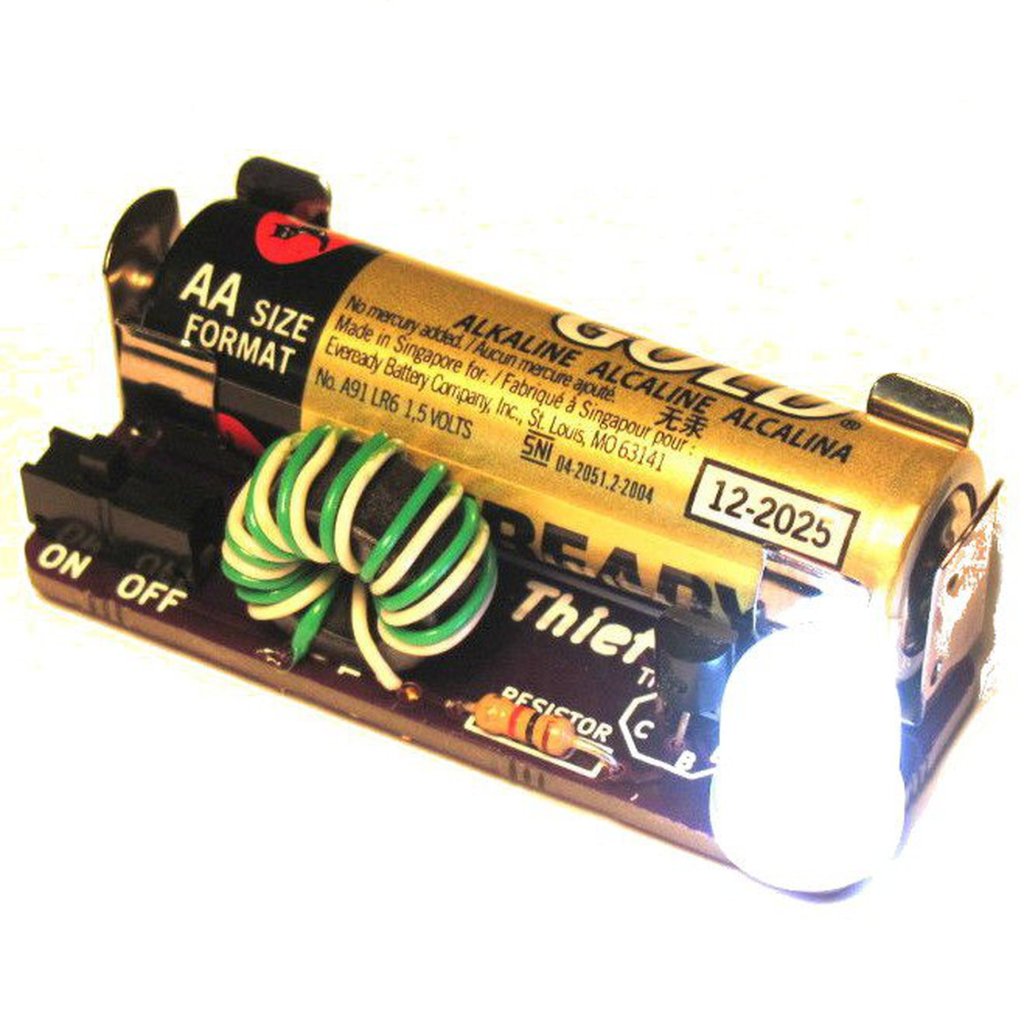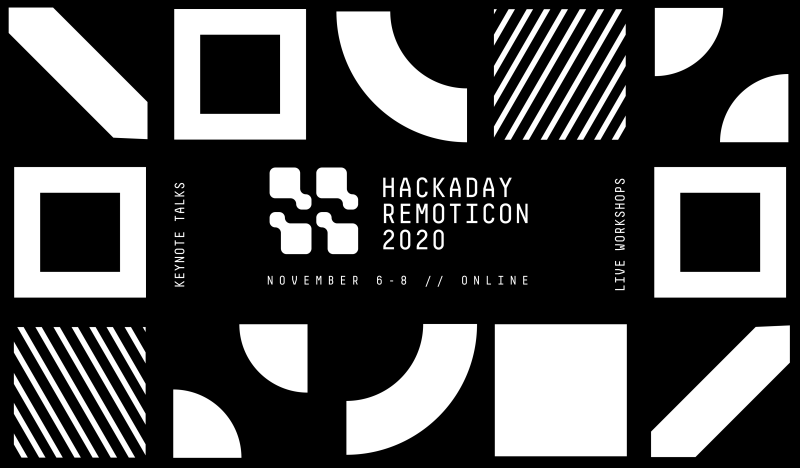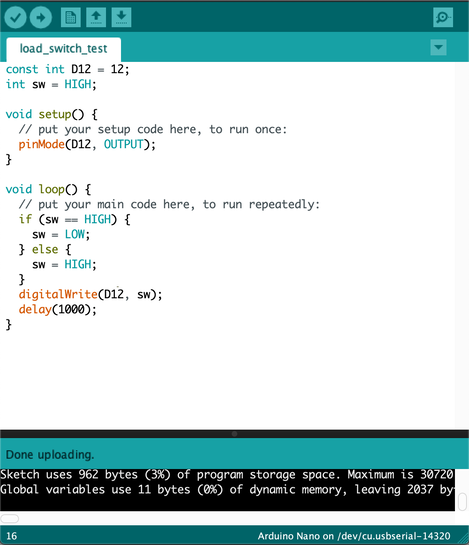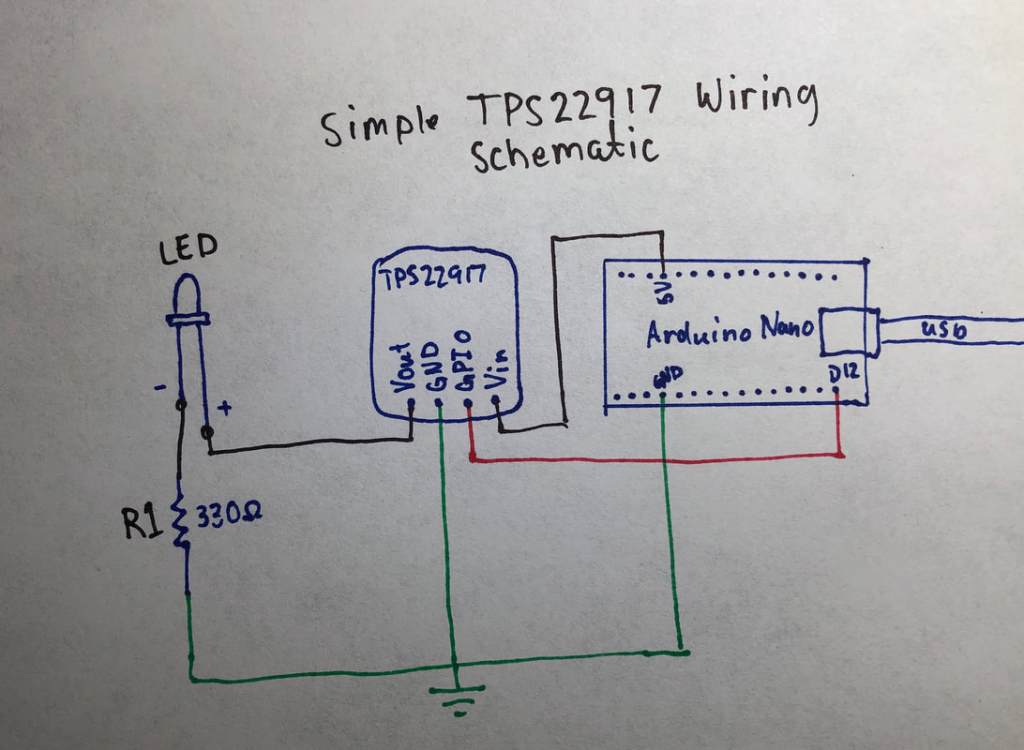
All The Workshops, And The SMD Challenge Happening At Hackaday Remoticon
Last week we announced the first fifteen workshops happening at Hackaday Remoticon, November 6-8, 2020. The weekend really is packed full of these hands-on events, and you’re invited to participate from anywhere in the world. Today we’re excited to announce the rest of the workshops, all of which are currently open for registration.
Can we get a few hundred people to show off their soldering skills (or amusing lack of skills) from their own workbench during the event? We think we can, so we’re running the SMD Challenge virtually this year. All of this, plus keynote talks, demos, a show-and-tell, and more make for one wild weekend. Read on!
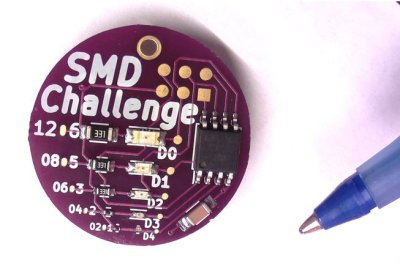
Surface mount components are not really meant to be hand soldered, it’s a hack. So let’s hack together and do it on camera! For the past two years we’ve used the excellent SMD Challenge board designed by MakersBox as the target of a head-to-head challenge at live events. At Remoticon, you can take the challenge from your own workbench.
Your $5 SMD challenge ticket covers the cost of the kit — you just need to pay for shipping. The bargain is that you must commit to soldering the kit live on camera sometime during the weekend of Remoticon. This is an exhibition challenge… we’re not looking for the best, we’re looking for the most fun. So failing to complete all the parts is perfectly fine, at least you tried and that’s the point. Please limit yourself to one ticket.
To help amp up the fun, we’ve invited several hardware badge teams from conferences all over the world to compete as well. More on that later, but all of this should make the SMD Challenge room a hot place to hang out all weekend.

